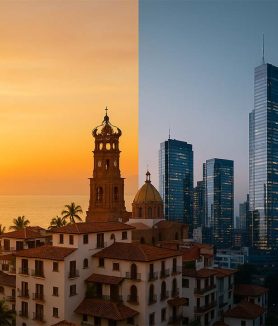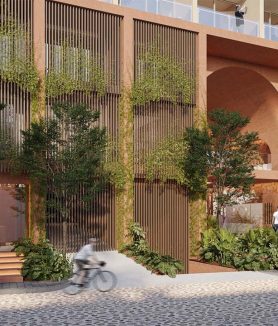In the heart of Washington, D.C., stands an imposing monument that has witnessed the history of a nation: the White House. More than just a residence, this neoclassical building is a global icon, a beacon of democracy and a reminder of the ideals that shaped the United States.
History of the White House
The history of the White House begins in 1791, when the first president of the United States, George Washington, selected the site for its construction. The original design, by French architect Pierre Charles L’Enfant, called for a grandiose palace, inspired by European architecture. However, the Irishman James Hoban, who would eventually be in charge of the work, modified the plans, giving the building a more austere neoclassical style in keeping with the Republican context.
A construction process marked by challenges
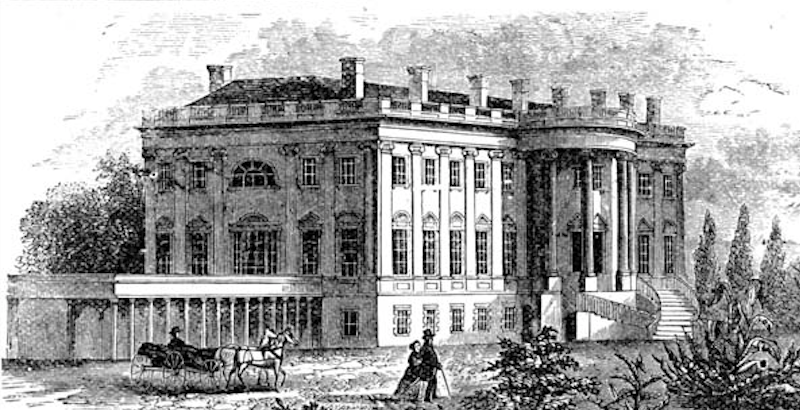
The construction of the White House, which began in 1792, was far from smooth sailing. In 1814, British troops burned the city during the Anglo-American War, forcing a forced pause in construction. Despite this setback, reconstruction resumed with a vengeance and was completed in 1817.
Although the building was not yet fully habitable at the time, President James Monroe decided to move in, becoming the first president to occupy the White House, officially known as the “President’s House” at the beginning. John Adams, for his part, was the first president to serve from the White House, although only for the last five months of his term, starting on November 1, 1800, when he moved to Washington.
Beyond its façade: a labyrinth of secrets
Behind its imposing limestone façade, the White House hides a host of secrets. The underground tunnels that allow the president to evacuate in case of danger, the underground armored room where he takes refuge in crisis situations, and the rooms that have been modified and personalized by each president throughout history, are just some of the enigmas that this building houses.
The White House has been home to 46 presidents and has been the scene of momentous events that have defined the course of the nation. Every brick, every column and every room holds stories, anecdotes and memories that make up the rich heritage of the United States.
Renovations
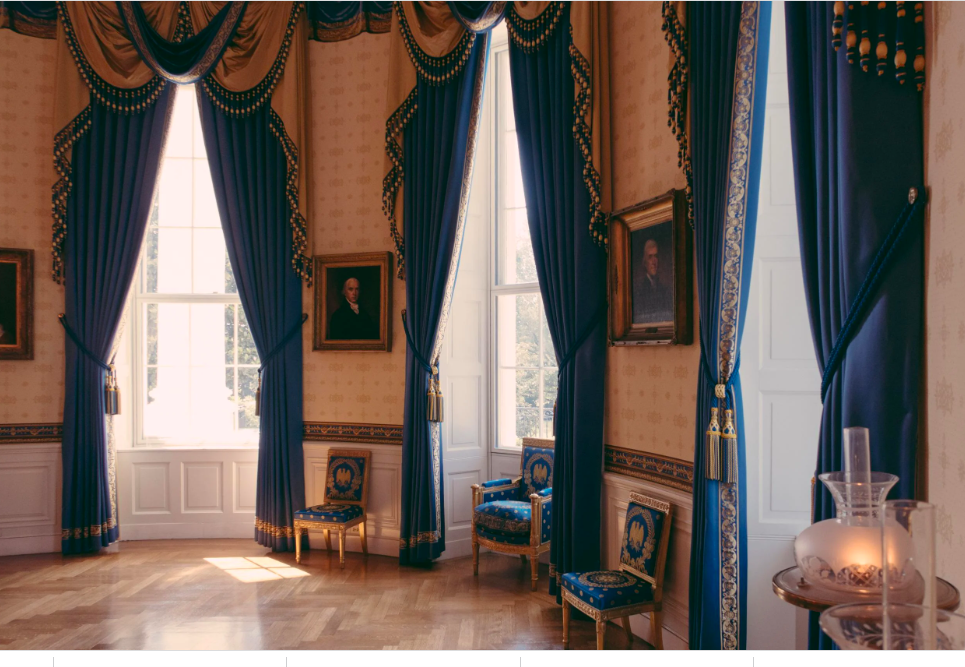
In 1950, President Harry Truman ordered an extensive renovation of the White House. Over nearly three years, complex work was carried out, including replacing wooden beams with steel structures and reinforcing the foundation with concrete. During this renovation, a system of secret tunnels was implemented to evacuate the president in case of emergency.
Each president has made his own modifications to the White House. Thomas Jefferson added the colonnades; Theodore Roosevelt built the West Wing; William Taft added the Oval Office; Richard Nixon installed a private bowling alley; Gerald Ford added an outdoor pool that Bill Clinton expanded with a spa area; Jimmy Carter installed solar panels that Ronald Reagan removed; Barack Obama created a basketball court and Michelle Obama an organic garden; and Melania Trump had a room dedicated to her clothes and makeup built.
Dimensions and Features
The current White House has approximately 5,100 square meters of floor space, spread over six floors with 132 rooms and 35 bathrooms. The building has 412 doors, 147 windows, 28 chimneys, 8 staircases and 3 elevators, combining functionality and majesty, and becoming a lasting symbol of American history and politics.
A tour of its corners
- The Oval Office: The nerve center of executive power, where the president conducts official business, meets with advisors and makes crucial decisions.

- The Blue Room: A formal space used for official receptions, ceremonies and special events
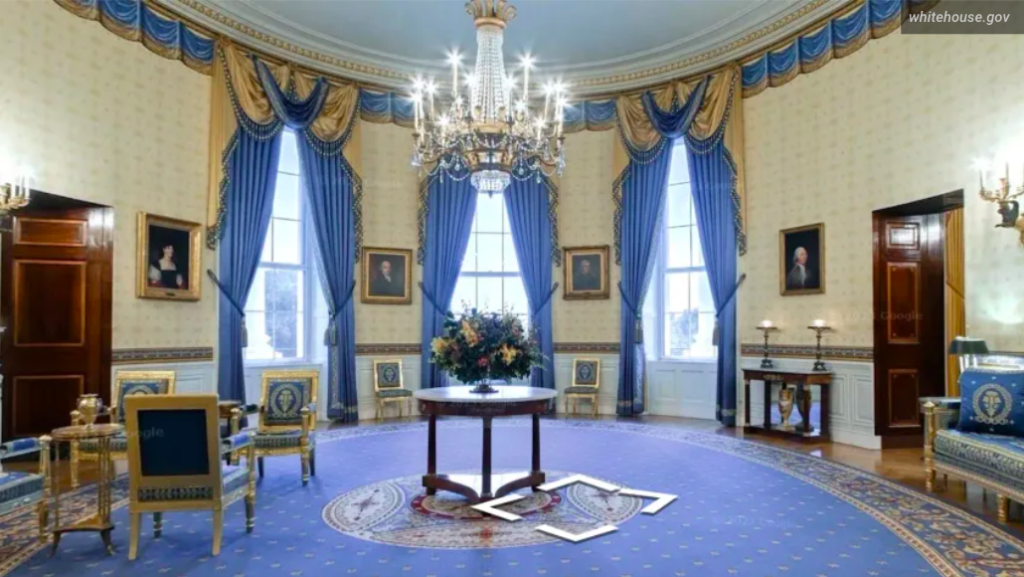
- The State Dining Room: Where official banquets are held to entertain foreign dignitaries and guests of honor.
- The Main Staircase: A majestic staircase that connects the different levels of the residence and serves as a stage for formal events.
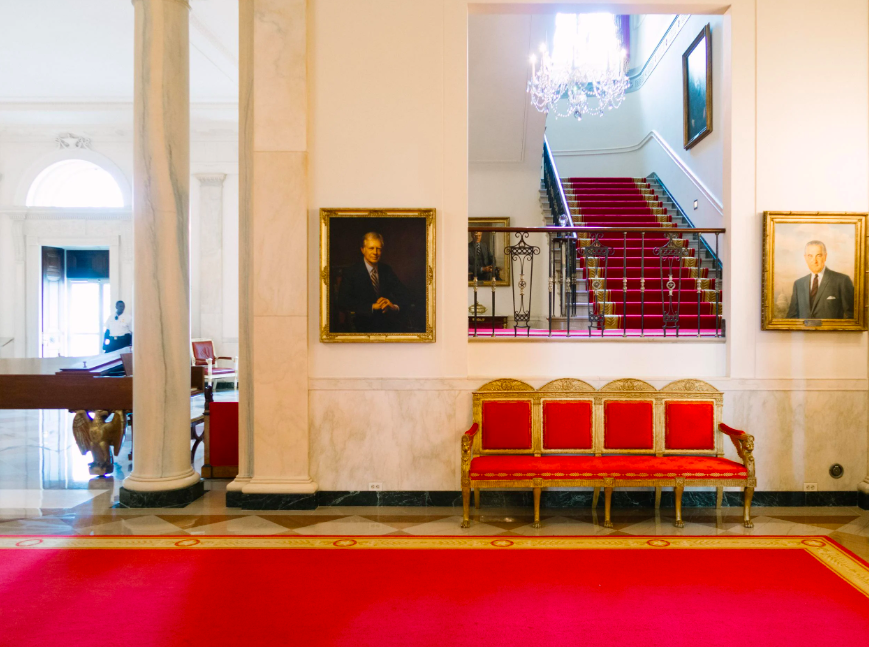
- The Rose Garden: An oasis of peace in the heart of the White House, where presidents have relaxed and made important decisions.
In short, the White House is not just a presidential residence, but a living testimony to the architectural and political evolution of the United States, full of stories and secrets that continue to fascinate the world.






